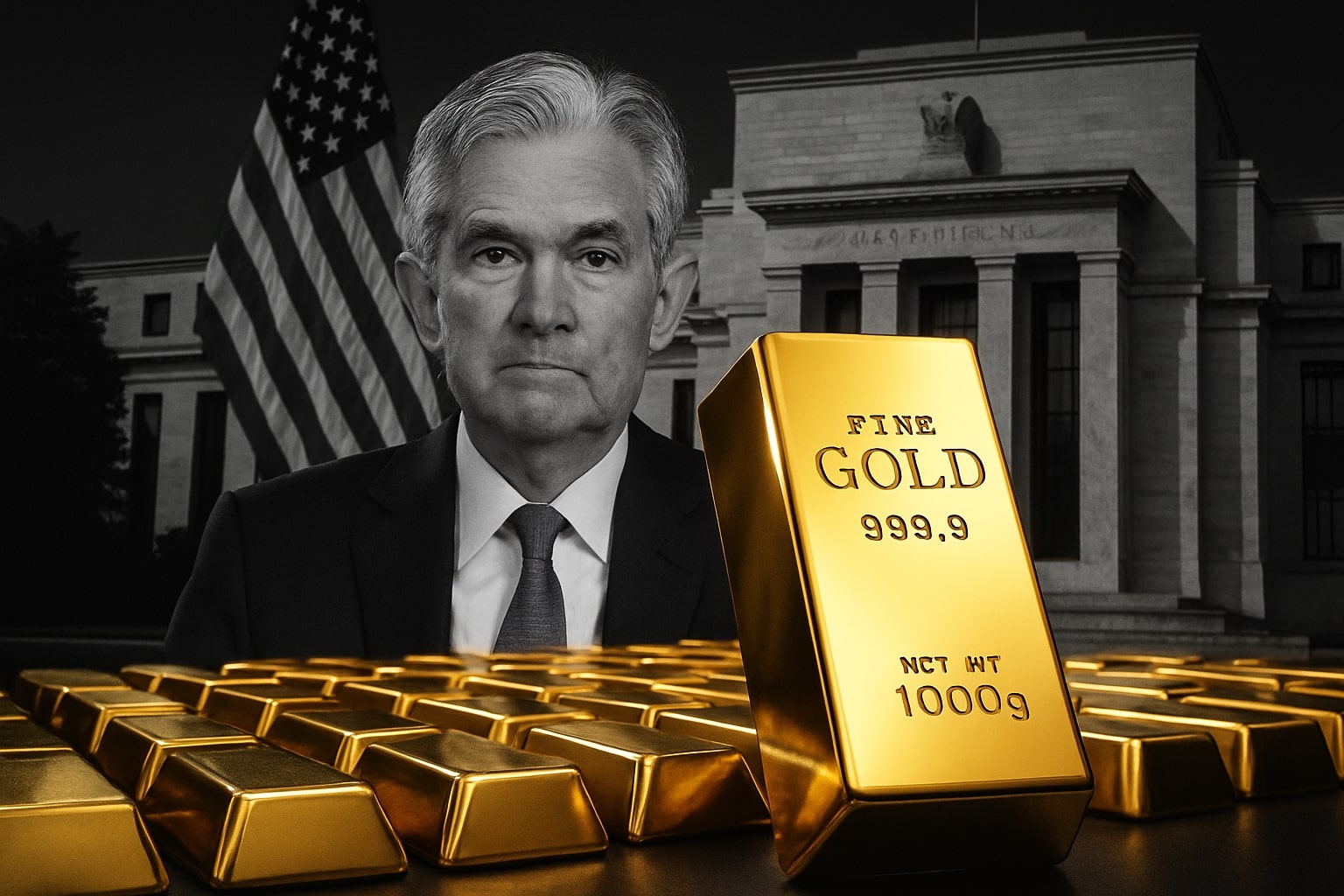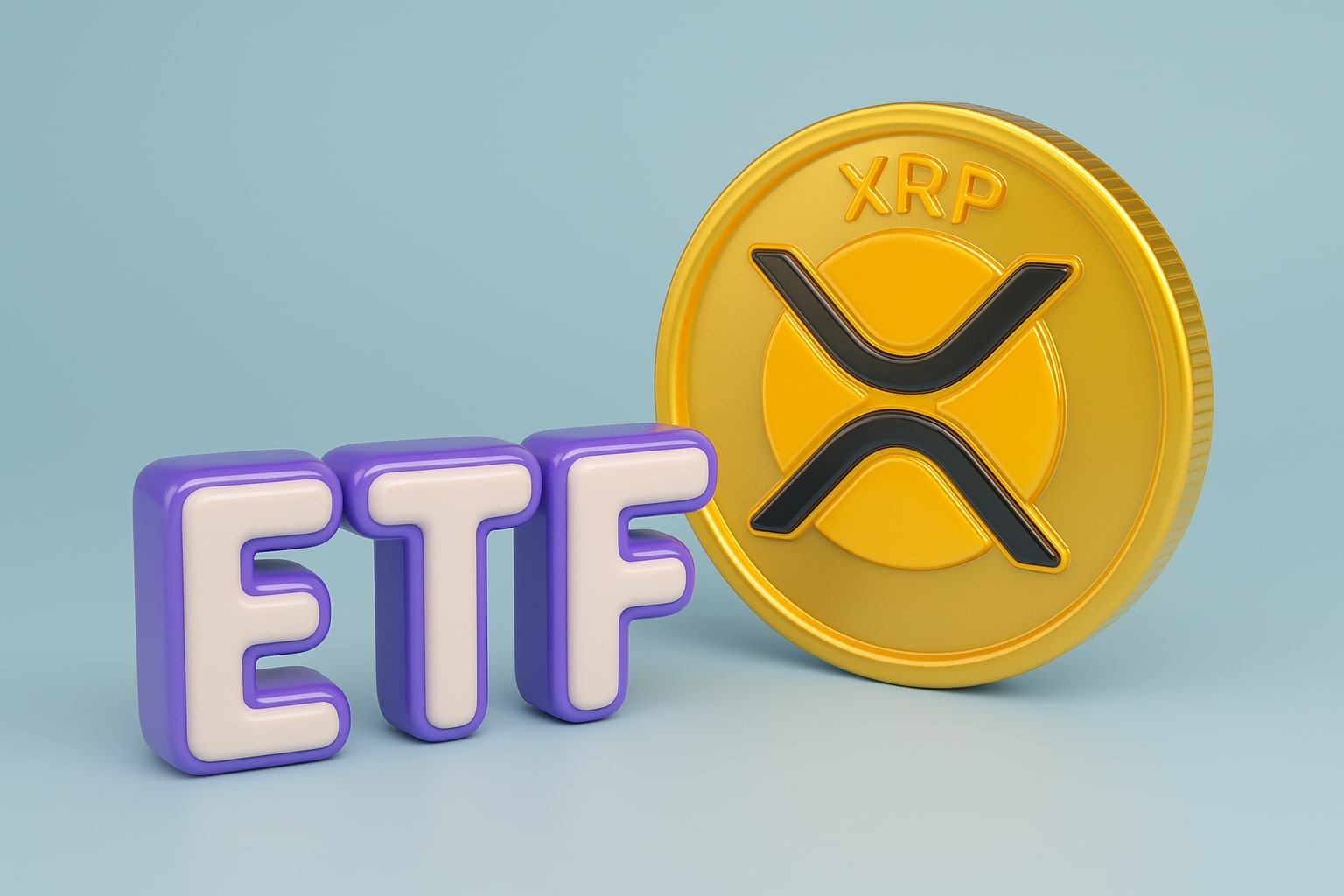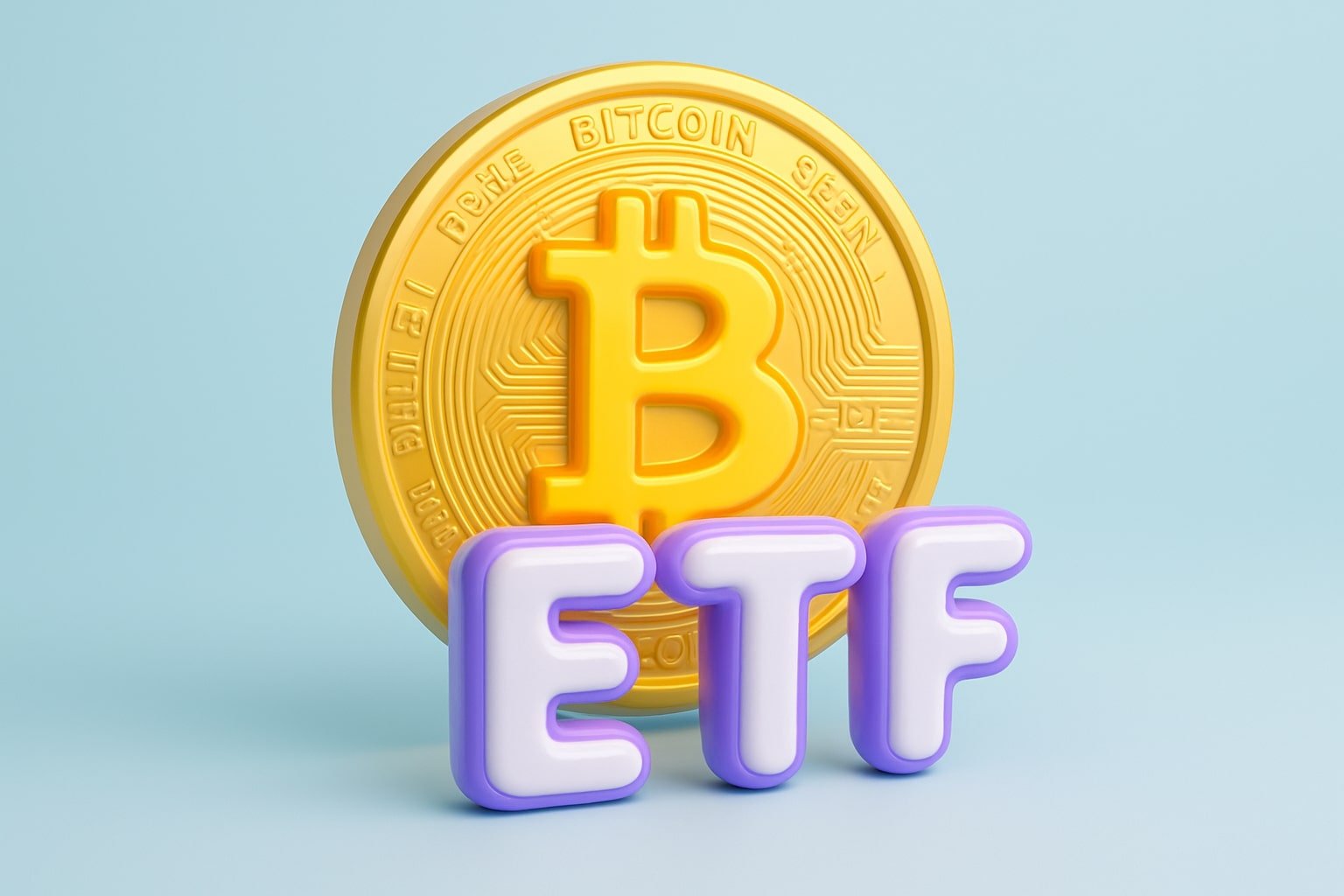Gold (XAU/USD) Surges Beyond $3,650 as Fed Cut Bets, Geopolitical Risks, and Central Bank Buying Drive Rally
Gold (XAU/USD) futures are trading near record levels after a dramatic surge that carried prices above $3,700 per ounce, marking the first time in history the December CME contract (GCZ5) crossed that threshold. The contract spiked to $3,715 intraday before settling at $3,682.60, with trading volumes surpassing 55,000 contracts. Spot gold is now hovering around $3,646.85, up 0.6% daily, extending a 6.5% gain in the past month and an eye-catching 45.8% year-over-year rally from the $2,512.30 level seen in September 2024.
Fed Policy Shifts and Inflation Reports Shape Market Sentiment
Investors are bracing for the September 17 FOMC meeting, where expectations lean toward a 25 basis point rate cut, with some still entertaining the possibility of 50 basis points. Softer U.S. Producer Price Index (PPI) data, showing a 0.1% decline in August, contrasted with forecasts of a 0.3% rise, fueled bets that policymakers will accelerate easing. Traders are now awaiting Consumer Price Index (CPI) data, projected at 0.3% month-over-month, which could either cement gold’s trajectory higher or trigger a corrective pullback if inflation surprises to the upside.
Safe-Haven Demand Reinforced by Geopolitical Tensions
Gold’s bid is not only a function of monetary policy but also of heightened global risks. Reports that Israel struck Hamas leadership in Qatar and claims that Poland downed Russian drones within its airspace have revived Europe-centered security fears, keeping safe-haven inflows strong. Against this backdrop, the U.S. Dollar Index (DXY) softened in early trading, though a later rebound capped gold’s intraday gains, prompting some profit-taking at the highs.
Technical Landscape: Overbought but Still Bullish
The daily chart reveals XAU/USD consolidating around $3,650–$3,675, with bulls eyeing the $3,700 zone as the next resistance, reinforced by the 261.8% Fibonacci extension from the September pullback. Momentum oscillators flash caution: the Relative Strength Index (RSI) is deep in overbought territory, and a bearish divergence has formed on intraday charts. Yet the bias remains skewed upward, as central bank buying and ETF inflows provide structural demand. On the downside, first support lies at $3,620, followed by $3,580 and $3,510—levels that acted as strong floors during early September.




















